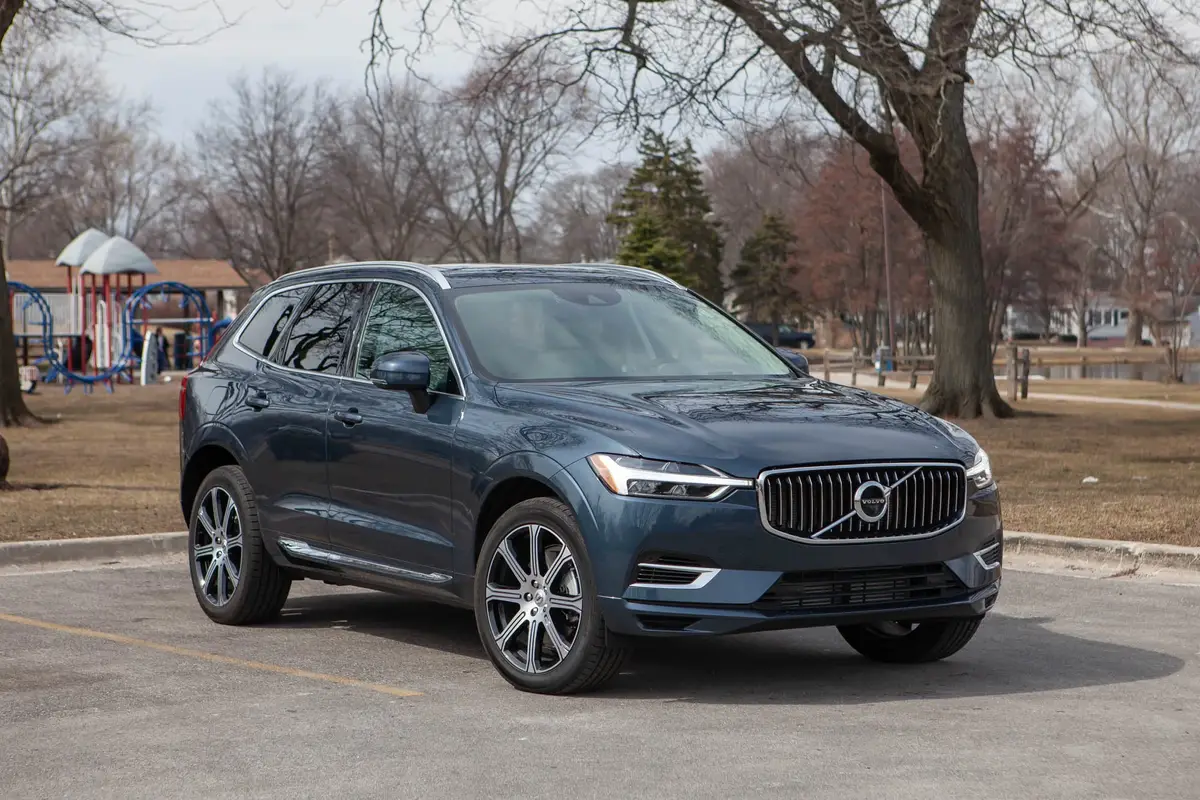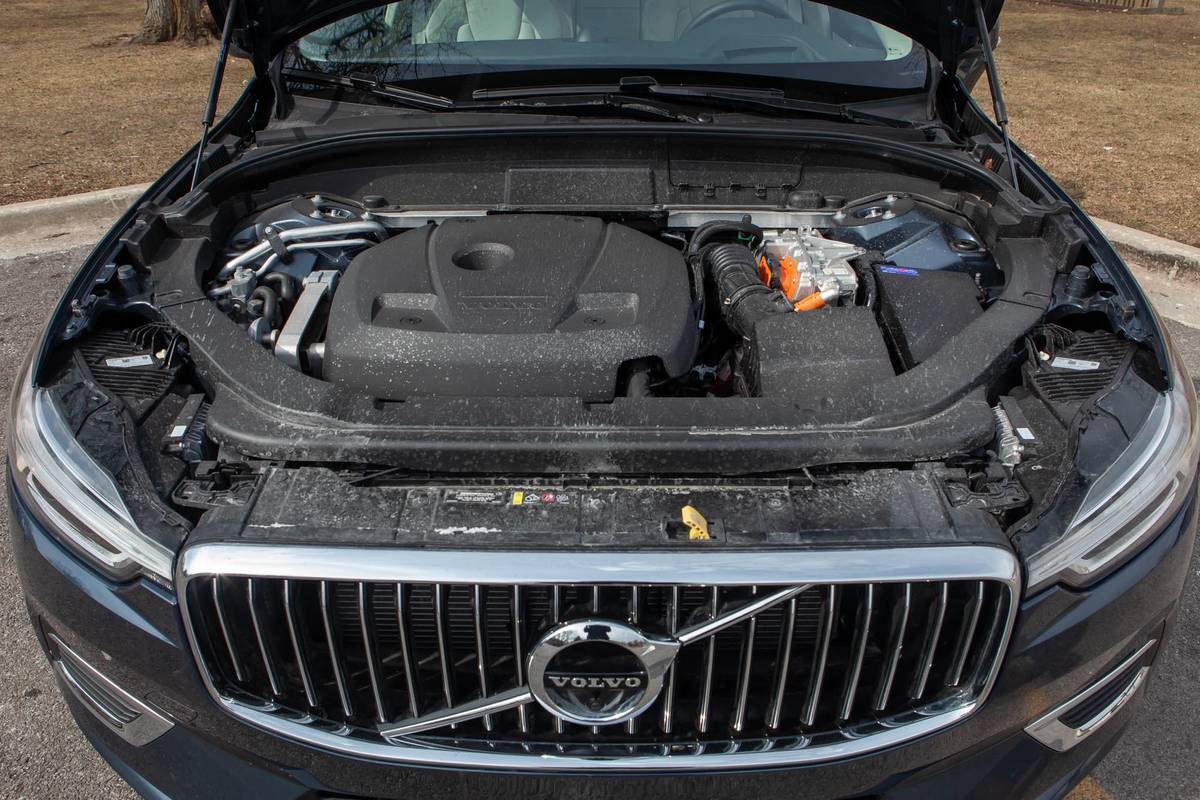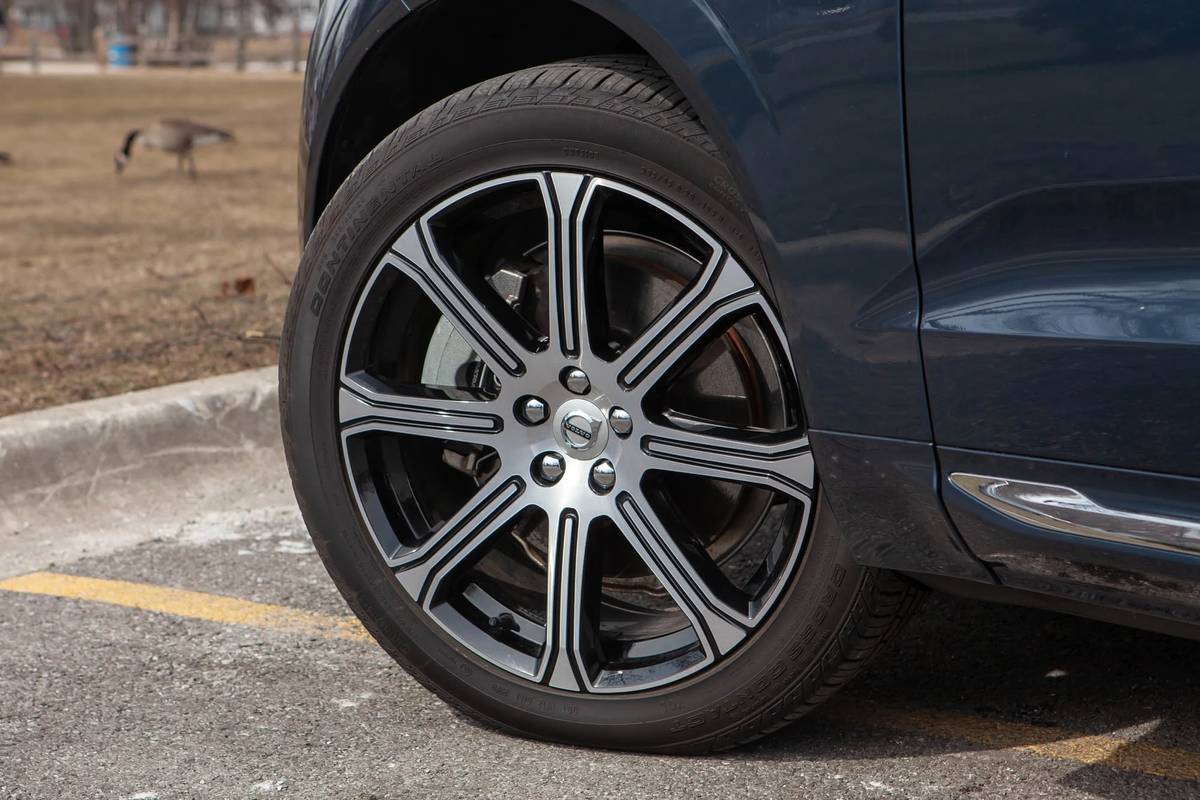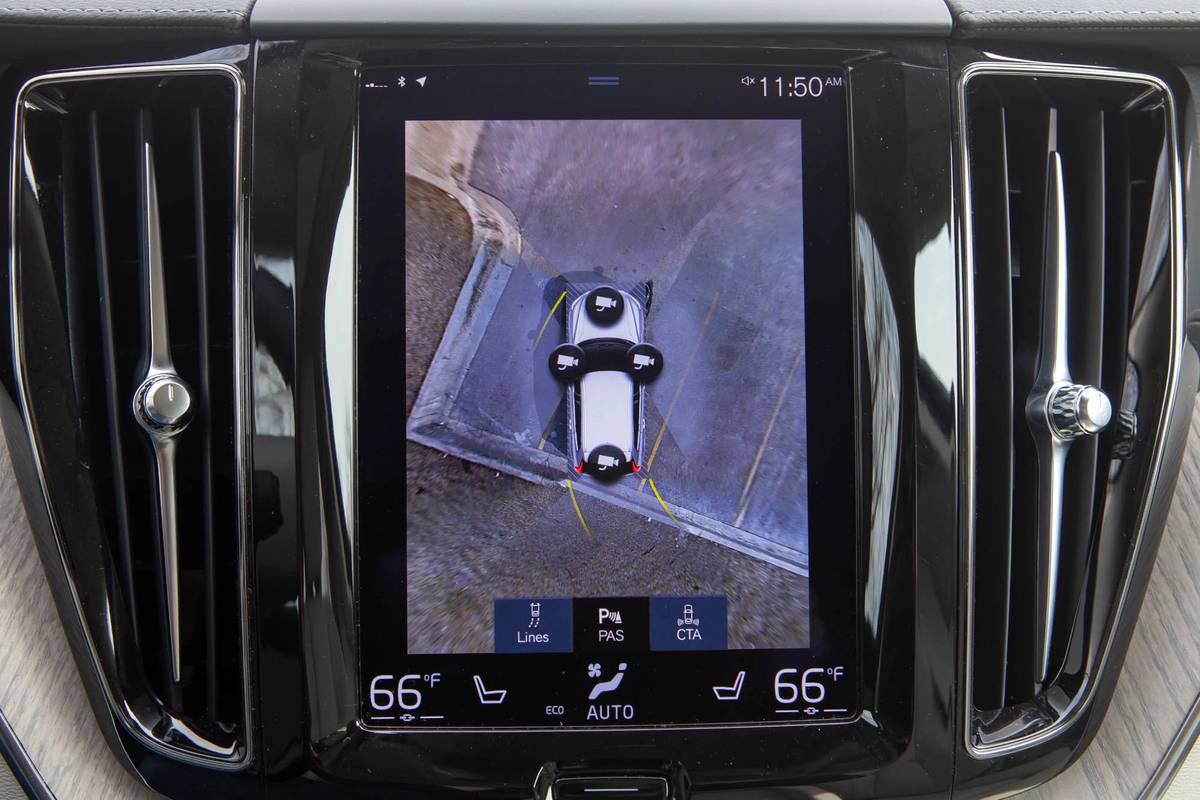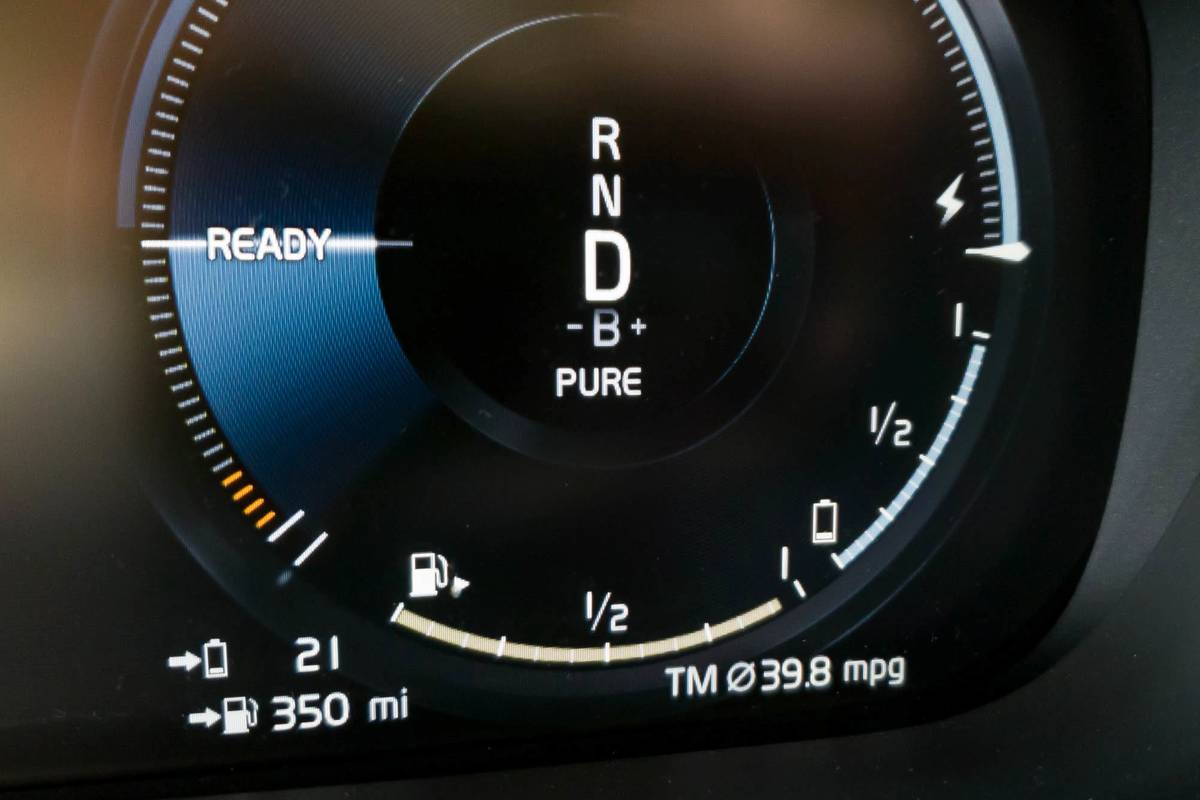The 2021 Volvo XC60 Recharge proves a good thing can be made even better with added electric power. Under the hood of this plug-in hybrid SUV is a supercharged and turbocharged four-cylinder engine, which works in cooperation with an electric motor and lithium-ion battery pack. All told, the XC60 Recharge has a combined output of 400 horsepower, or more than enough to give this Swedish sport utility the moves to counter hybridized rivals such as the Audi Q5 e and BMW X3 xDrive30e.
Related: 2021 Volvo XC60 Recharge Review: Plug-In Hybrid Pass/Fail
True to its Volvo heritage, the XC60 also comes with a comfortable cabin and impressive list of standard safety features. While battery packs and electric motors often take a bite out of cabin room and trunk space, that’s not the case here. During our time with the XC60 Recharge, we were impressed by its performance, fuel economy and driving dynamics.
So, does that mean the XC60 Recharge was flawless? Not quite. Read our complete take at the link above or for a quicker rundown of our main likes and dislikes, keep reading.
Things We Like
1. Strong Acceleration
While this plug-in hybrid has an overall eco-minded mission, the Recharge happens to be the fastest variant of the XC60 lineup. Thanks to its combined output of 400 hp (415 hp in the Polestar Engineered version), the Recharge sprints from 0-60 mph in only 5.0 seconds. The best any non-hybrid XC60 can manage is 5.6 seconds when in T6 trim.
2. No Compromises for Cabin or Cargo Space
Another common problem with hybrids and plug-in hybrids is how their extra motors and batteries require more space. That often means sacrifices are made in terms of available cabin space or trunk volume — not so in the Recharge. It shares the same interior measurements as its non-hybrid siblings.
3. Natural Feeling Brakes
The XC60 Recharge also drives like a luxury-branded SUV should. During our time with it, we singled out the linear feel to the brakes. In many hybrids, the regenerative braking system results in a vague or wooden feel when applying brake pressure. That’s not a problem here.
4. Modest Price Premium
Since the federal tax credit helps knock $5,400 off the price, the Recharge ends up costing about $500 more than an XC60 in comparable T6 trim. Add in the extra fuel efficiency of the Recharge, with its EPA-estimated 27 mpg combined city/highway, and this gas-electric continues to impress.
5. Safety
The Recharge earns the highest safety scores in crash tests conducted by the National Highway Traffic and Safety Administration, as well as the Insurance Institute for Highway Safety.
Things We Don’t
1. Just OK EV Range
Not long ago, many plug-in hybrid vehicles offered stingy, single-digit EV-only driving ranges. This has changed for the better; the XC60 Recharge delivers 18 miles of electric-only range. That’s fine for a day spent running short errands, or it can at least cut down on your daily gas intake during longer drives — but we’d like a bit more.
2. Plug-in Price Advantage Relies on Tax Credit
The Recharge has a price comparable to its non-hybrid siblings — only after the tax credit. Keep in mind you’re still paying thousands more at the dealership, and those savings will only bounce back your way with the next tax season. That’s how federal EV tax credits work, of course, but some SUV shoppers might be shocked at the plug-in model’s substantially higher initial price.
Related Video: 2019 Volvo XC40 First Drive
More From Cars.com:
- 2021 Volvo XC60 Recharge Plug-In Hybrid: Electric Range Test
- 2021 Volvo XC90 Recharge Range: Here’s How Far We Went on Electricity Alone
- Find Your Next Car
Cars.com’s Editorial department is your source for automotive news and reviews. In line with Cars.com’s long-standing ethics policy, editors and reviewers don’t accept gifts or free trips from automakers. The Editorial department is independent of Cars.com’s advertising, sales and sponsored content departments.
Source: Read Full Article

